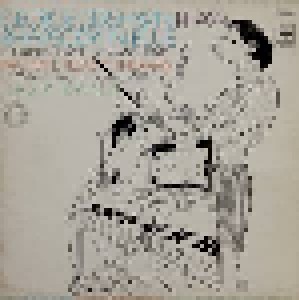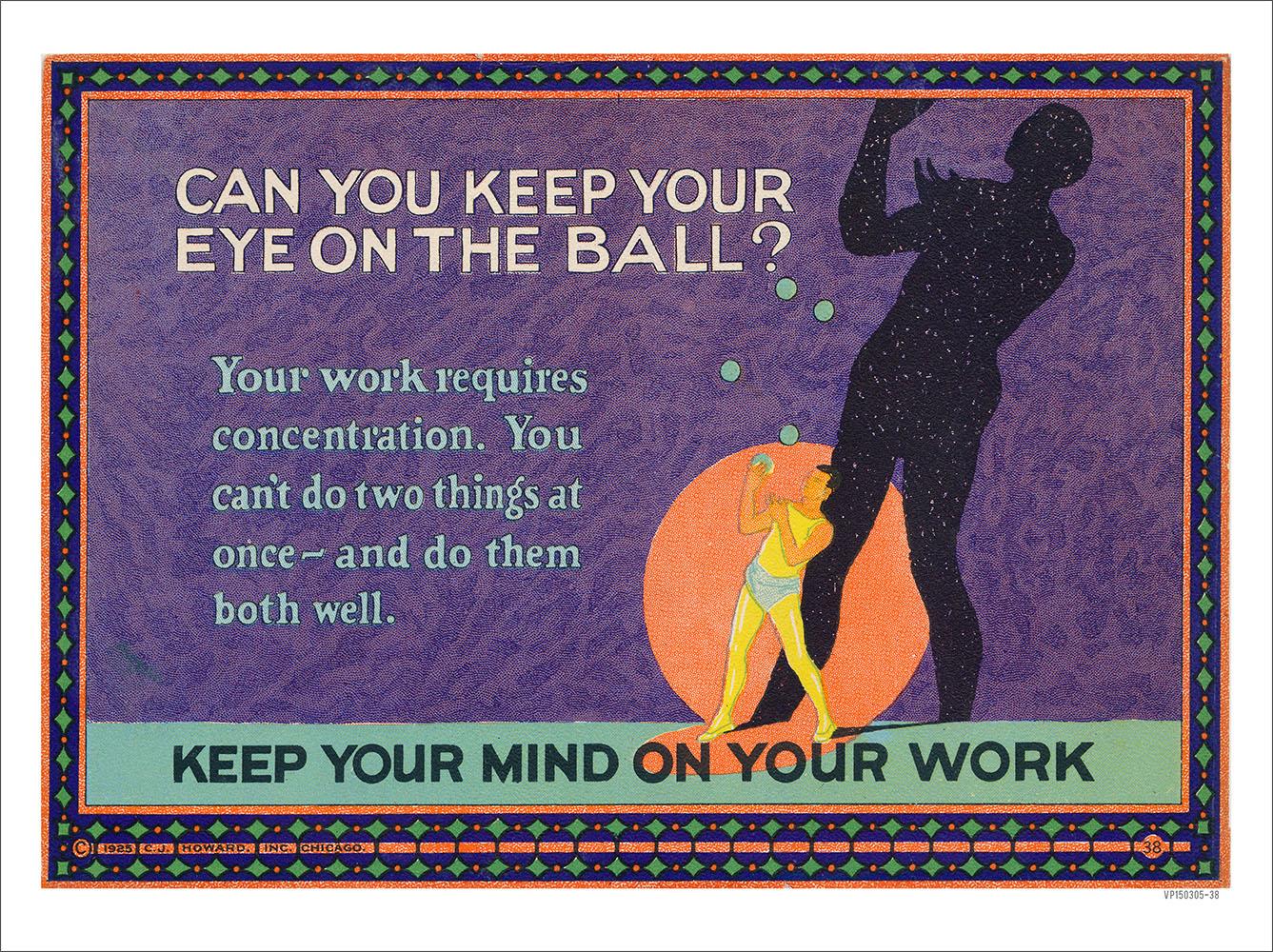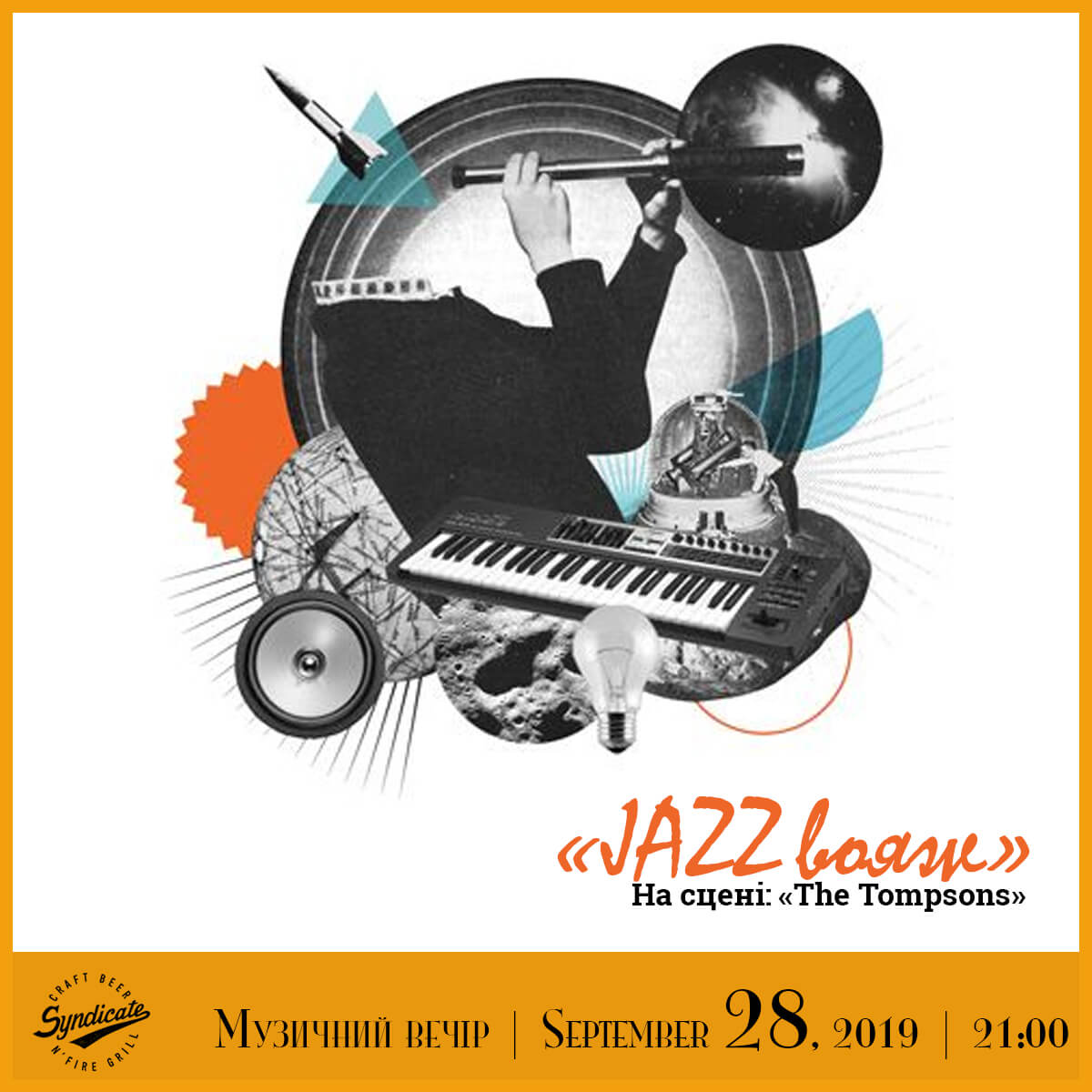
Given that there are more instruments in a big band (than in a Dixieland band) and thus require more organization, the majority of big band music is not improvised but written by a(n)_.The most common instrumentation of a swing big band was (is) _.Big band swing came to the forefront of jazz and experienced its most concentrated development in the years _.The collective improvisation of Dixieland jazz represented, in part, African Americans’ newfound _.The most important feature of Dixieland jazz is _, that is, when two or more instrumentalists improvise at the same time.The first jazz recording was entitled _.The first jazz recording was made in 1917 by an all white band called _.Dixieland bands (excluding piano and using tuba rather than string bass) were originally small _.The first great jazz soloist (improviser) was Dixieland cornet/trumpet player _.Besides playing for dances and parties, early 1900s Dixieland bands were known for playing for _.The most common instrumentation of a Dixieland band was (is) _.Dixieland’s four primary musical influences included _.Dixieland came to the forefront of jazz and experienced its most concentrated development in the years:_.Swing served as a major morale booster duringįill in the blank with the correct answer.Important figure(s) of the swing era included.award and other ceremonies (e.g., weddings, graduations, divorces/annulments, bah mitzvahs, etc.).Big band swing music was played primarily for.equally written and improvised (approximately).


jazz musicians’ having to pay collection agencies.the newfound freedom of African Americans.the collection of a variety of instruments to play jazz.New Orleans worker unions’ collective bargaining agreement with the city.The collective improvisation of Dixieland jazz, in part, represented.classically trained African American musicians.Most early Dixieland jazz musicians were.The first great jazz soloist (improviser) was.Besides playing for dances and parties, in the early 1900s Dixieland bands would also play for.bands from England that played for tea parties.Dixieland bands (excluding piano and using tuba rather than string bass) were originally.In a Dixieland band, the tuba (or string bass’) primary role is to.In a Dixieland band, the drummer’s primary role is to.In a Dixieland band, the trombone’s primary role is to.In a Dixieland band, the piano and banjo (or guitar’s) primary role is to.In a Dixieland band, the clarinet’s primary role is to.embellish the bass line and play “afterbeats” and sound effects such as “smears” and “slides”.


trumpet, clarinet, trombone, piano, tuba (or string bass), banjo (or guitar), drums.fives saxes, four trumpets, four trombones, piano, bass, drums, and sometimes guitar.The common instrumentation of a Dixieland band was (is):.Dixieland’s primary influences included:.Dixieland came to the forefront of jazz and experienced its most concentrated development in the years:.


 0 kommentar(er)
0 kommentar(er)
